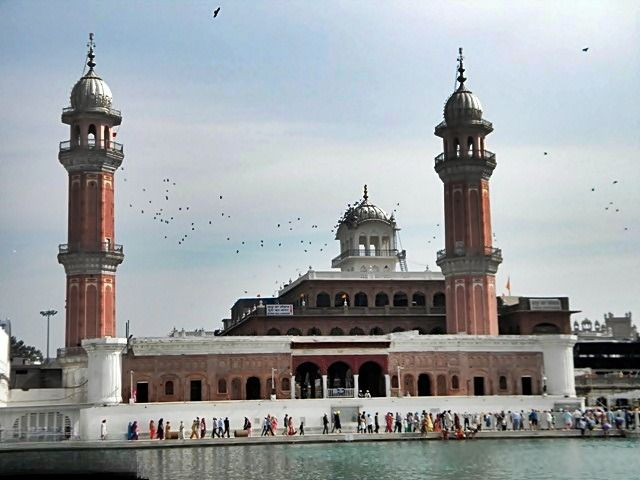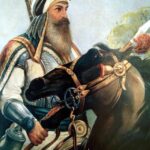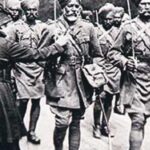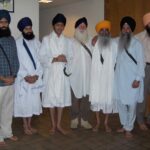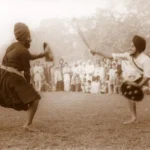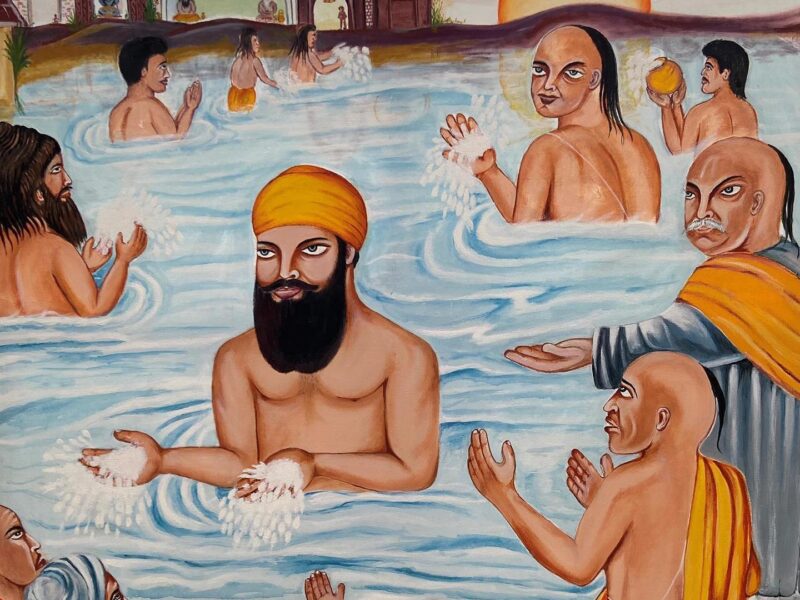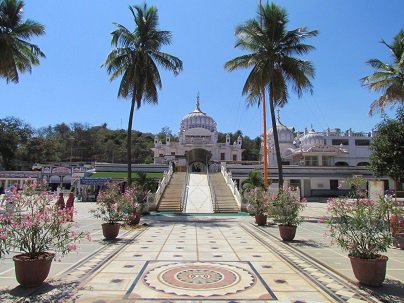The Bungas around Sri Harmandir Sahib (Golden Temple) in Amritsar hold immense historical, spiritual, and cultural significance in Sikh tradition. These structures were not just resting places but also centers of learning, defense, and community service, deeply tied to the Panthic (collective Sikh) identity.

Historical Significance of Bungas
- Origins & Purpose
- The term Bunga means a dwelling or resting place.
- Initially, they served as rest houses for pilgrims, treasuries for Sikh Misls (confederacies), and military outposts to protect Sri Darbar Sahib.
- Many were built between 1764 (after Sikh Misls gained control of Amritsar) and 1882 (before British colonial interventions).
- Built by Sikh Misls & Royalty
Each Misl (Sikh confederacy) and prominent Sikh leaders constructed their own Bungas.
- Akal Bunga (built by Akali Phula Singh) served as a court of justice.
- Shaheed Bunga (associated with Sikh martyrs) preserved relics of valor.
- Ramgarhia Bunga (built by Misl Ramgarhia) had a watchtower for defense.
- Bunga of Sada Kaur (mother-in-law of Maharaja Ranjit Singh) represented women’s contributions.
- Architectural & Cultural Heritage
- Many Bungas had distinctive Sikh architectural styles, blending Mughal and
- Rajput influences.
- They housed libraries, schools (Taksals), and armories, making them centers of Panthic wisdom.
Decline & Disappearance of Bungas
- Under British rule, many Bungas were demolished under the pretext of “renovation.”
- Post-1947, urban development further reduced their numbers.
- Today, only a few remain, such as Akal Bunga, Ramgarhia Bunga, and Shaheed Bunga.

Why Bungas Matter Today
- They symbolize Sikh sovereignty, unity, and resistance.
- Their legacy reminds Sikhs of their warrior-scholar tradition.
- Efforts should be made to preserve and restore these historical landmarks.
“Darshan Sri Amritsar Ji Da, Isnan Chowki Phahra Bunga…”
(From the Sikh Ardas, acknowledging the sanctity of Bungas alongside Harmandir Sahib.)
Waheguru Ji Ka Khalsa, Waheguru Ji Ki Fateh!
Would you like details on a specific Bunga or its connection to a historical event?
